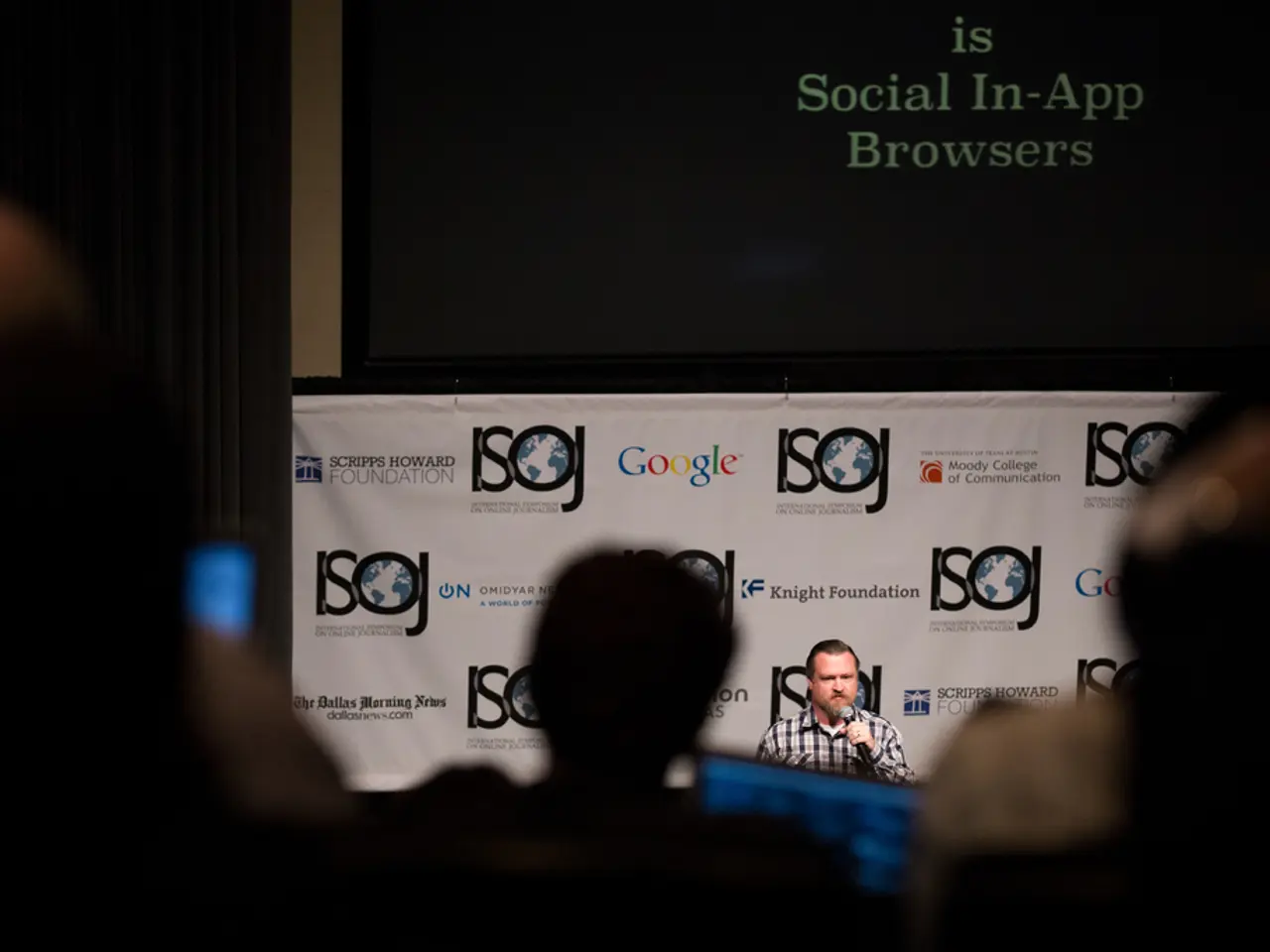AWARDS ANNOUNCEMENT: The Academy of Motion Picture Arts and Sciences (AMPAS) Declares Winners for Scientific and Technical Achievements
2025 Academy of Motion Picture Arts and Sciences Scientific and Technical Awards Recognize Groundbreaking Film Technologies
The Academy of Motion Picture Arts and Sciences honored 14 significant achievements at its annual Scientific and Technical Awards ceremony on April 29, 2025. These awards recognized innovations that have demonstrably contributed to advancing the process of making motion pictures.
One of the key areas recognized was the development of captioning technology, with an Academy Award of Merit (Oscar statuette) being presented to the developers and supporters of both open and closed captioning systems. This award was given to acknowledge the vital role that captioning plays in making cinematic experiences accessible to all.
The ceremony, which took place at the Academy Museum of Motion Pictures, also celebrated advancements in AI-enhanced cinematic tools, virtual production, and real-time rendering with photorealistic visual effects.
Jayson Dumenigo was recognized for the development of Action Factory Hydrogels, engineered to allow longer burns at higher temperatures with quick turnaround times, increasing the safety and efficiency of fire stunt performances. Dustin Brooks and Colin Decker, the creators of Fire for Hire's naked burn gel, were also honored for their work in developing a "naked burn" where fire appears directly on the skin for safe fire stunts in motion pictures. Neeme Vaino was credited for the development of Fireskin360 Naked Burn Gel, a widely available gel allowing longer targeted burns directly on the skin for fire stunts.
In the realm of AI, Thijs Vogels, Fabrice Rousselle, David Adler, Gerhard Röthlin, and Mark Meyer were honored for creating Disney's ML Denoiser, a sophisticated machine learning denoiser featuring a ground-breaking kernel-predicting convolutional network and temporal stability. Javor Kalojanov and Kimball Thurston were recognized for creating Wētā FX's ML Denoiser, a denoiser prioritizing temporal filtering using innovative optical flow techniques. Attila T. Áfra and Timo Aila were honored for creating Intel Open Image Denoise and applying U-Nets to denoising, an open-source library improving the efficiency and preserving detail in CG imagery.
The awards also encompassed innovations in virtual production, with Mark Noel being recognized for adapting and enhancing the safety and reliability of transportable six-degrees-of-freedom motion base technology for motion picture use, leading to the NACMO series of modular motion bases. Su Tie, Bei Shimen, and Zhao Yanchong were recognized for the development of the sensor analysis and stabilization software, electrical engineering, and mechanical design of the Ronin 2 gimbal system, respectively. Tabb Firchau was honored for the conception and development, John Ellison and Steve Webb for the attitude control system, David Bloomfield for the motor design, and Shane Colton for the motor driver system design of the Mōvi gimbals.
These technologies have expanded the visual possibilities of cinema, creating new and compelling experiences for moviegoers. They have also profoundly impacted film production by enabling new levels of creative control, flexibility, and efficiency. Together, these innovations are reshaping filmmaking pipelines by enabling faster iteration and refinement, reducing costs, and expanding creative possibilities.
The 2025 Scientific and Technical Awards spotlighted breakthrough technologies that have enhanced film production workflows and visual effects, resulting in greater artistic innovation and operational efficiency in the motion picture industry.
[1] Academy of Motion Picture Arts and Sciences
[2] Variety
[5] The Hollywood Reporter
- The Academy of Motion Picture Arts and Sciences recognized breakthroughs in video production technology, such as in AI-enhanced tools, virtual production, and real-time rendering with photorealistic visual effects.
- The development of captioning technology, encompassing both open and closed systems, was acknowledged for making cinematic experiences more accessible.
- Jayson Dumenigo's Action Factory Hydrogels, designed for safer and more efficient fire stunt performances, were honored at the ceremony.
- Fire for Hire's naked burn gel, created by Dustin Brooks and Colin Decker, was recognized for its role in safe fire stunts in motion pictures.
- The development of Fireskin360 Naked Burn Gel was credited for allowing longer targeted burns directly on the skin for fire stunts.
- In the field of artificial intelligence, Disney's ML Denoiser, a groundbreaking machine learning denoiser, was one of the technologies honored for its contribution to film production.
- Innovations in digital media, such as data-and-cloud-computing and technology advancements, are reshaping filmmaking pipelines, enabling faster iteration, reducing costs, and expanding creative possibilities.




